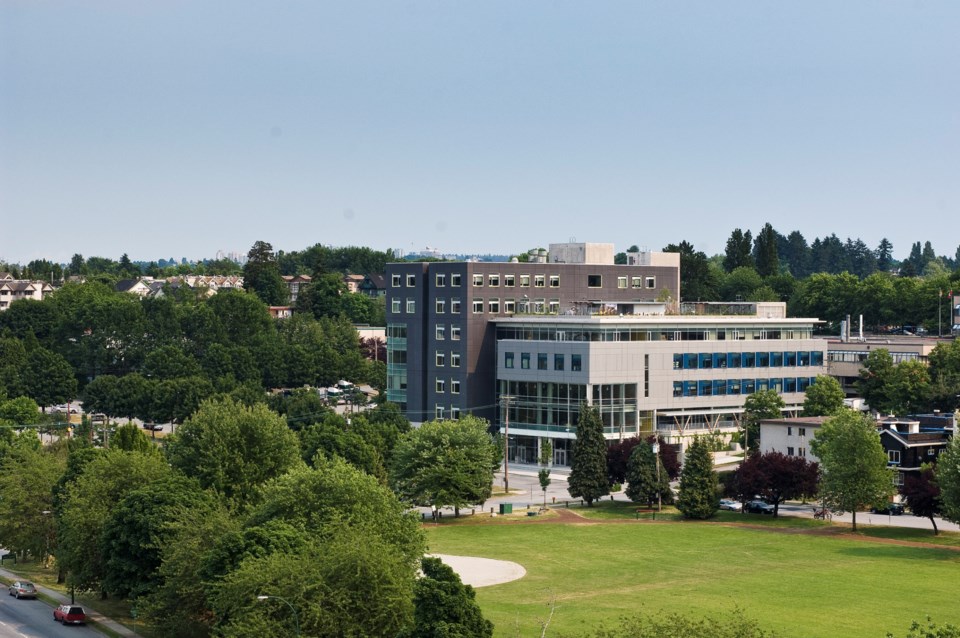Vancouver Community College (VCC) is looking to capture lost heat from the city’s sewer system to heat its campus and around Great Northern Way — which is only made easier thanks to its location.
“I would never have thought that having a sewer main under our campus would be an amazing benefit, but the sewer main that runs by VCC is one of the largest sewer mains in the city, and it represents a major waste heat opportunity for us, as we work towards our campus development plan,” said Ajay Patel, president and CEO of VCC.
What Patel has dubbed as the “holy grail of sewage pipes” is a sewer interceptor that carries large amounts of waste from surrounding neighbourhoods and sends it to the Iona Wastewater Treatment Plant, according to Derek Pope, branch manager of the Neighbourhood Energy Utility (NEU).
“It's certainly not a grail you would want to be drinking from, but in terms of a waste heat opportunity, it’s a big one that the Neighbourhood Energy Utility has been interested in for a long time,” said Pope.
More than 50 per cent of the city’s greenhouse gas emissions are produced by buildings, with heating being primarily responsible. This is thanks to the historical use of natural gas, he said.
The NEU is a local energy system at the False Creek Energy Centre, under the Cambie Street Bridge, that recovers waste thermal energy to heat buildings. As of 2021, it serves 6.4 million square feet of residential, commercial and institutional space around Olympic Village and False Creek, according to the City of Vancouver.
“At the False Creek Neighbourhood Energy Utility, we produce hot water by extracting heat from the sewer system and we send that hot water to buildings in the False Creek area including the Olympic Village. Those buildings take heat out of that thermal loop. And they use that to provide heating and domestic hot water to the buildings. And so that's called a neighbourhood energy system or sometimes referred to as a district energy system,” Pope said.
Vancouver’s sewage system captures “huge amounts” of waste heat from hot showers, dishwashers and other uses, he said.
As the city expands its thermal grid towards Mount Pleasant and VCC, it opens the door for tapping into the “holy grail.”
The initiative builds on a sustainable trend to use low-carbon energy sources to heat and produce hot water in buildings. Other municipalities such as Richmond, North Vancouver and New Westminster are in the process of bringing on heat recovery projects, according to Pope.
The Senakw development by Nch’kay Development Corp, the development arm of the Squamish Nation, and their partner Westbank Projects Corp. will also use this method as the main source of heat across 11 towers.
“As we're looking for ways to decarbonize our buildings, using waste heat resources is becoming a really important tool for achieving those objectives. The nice thing about being able to access it from the sewage system is that sewer is running all throughout the streets. So, if you've got a large sewer line, like VCC does, you can definitely tap into that, take heat out and make use of it,” Pope said.
Beyond city initiatives, VCC says this is working towards their commitment to environmental sustainability.



